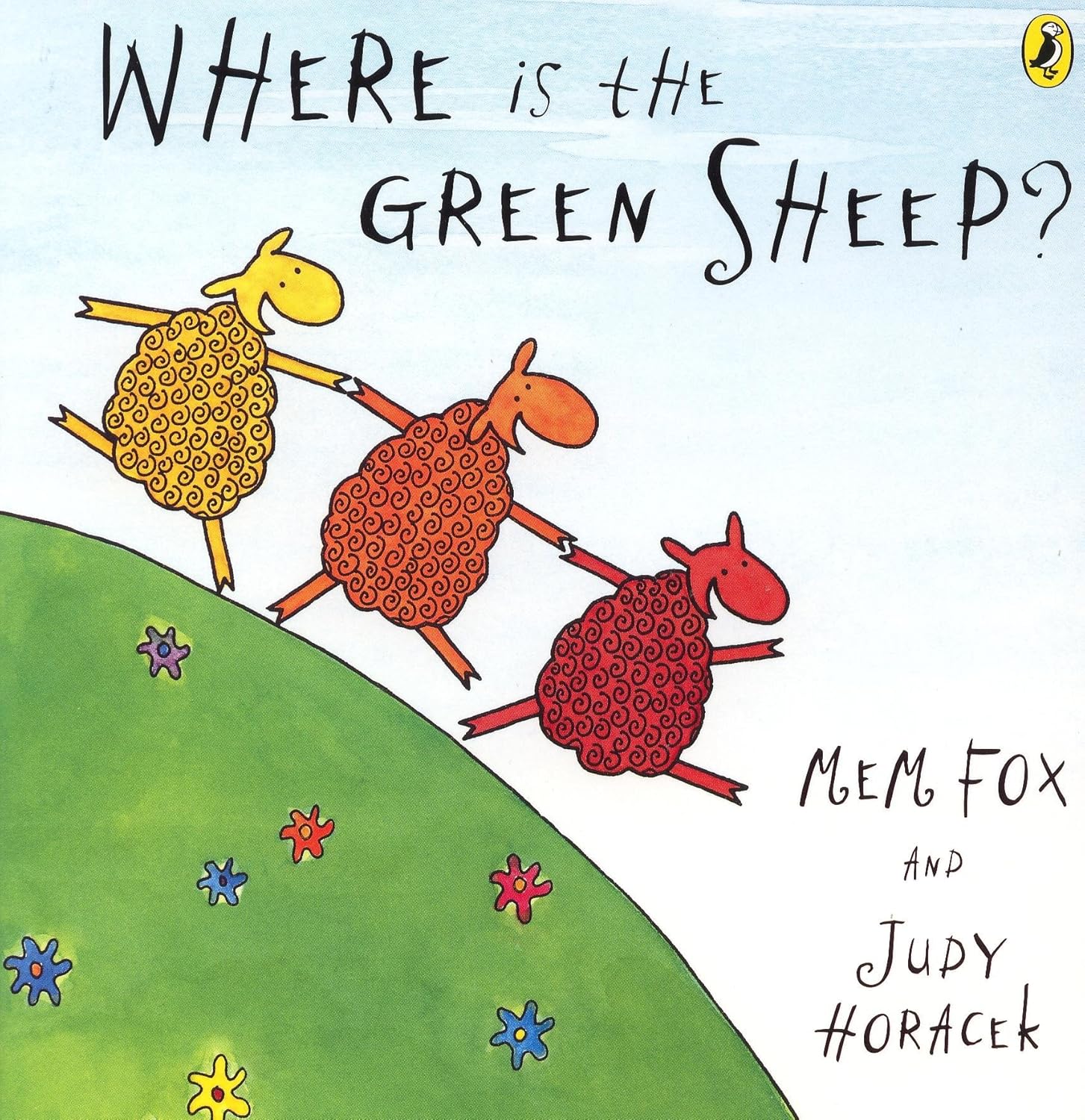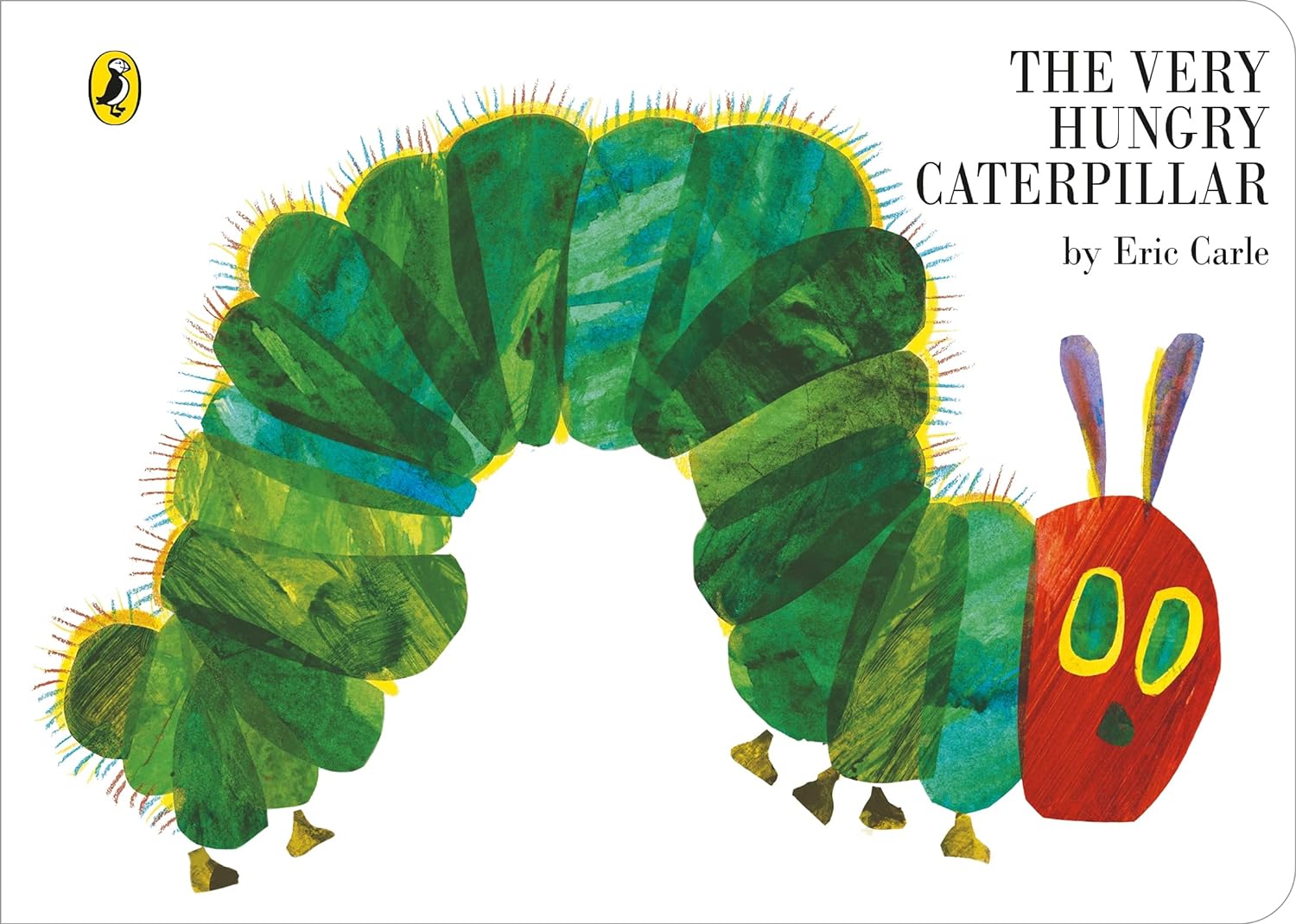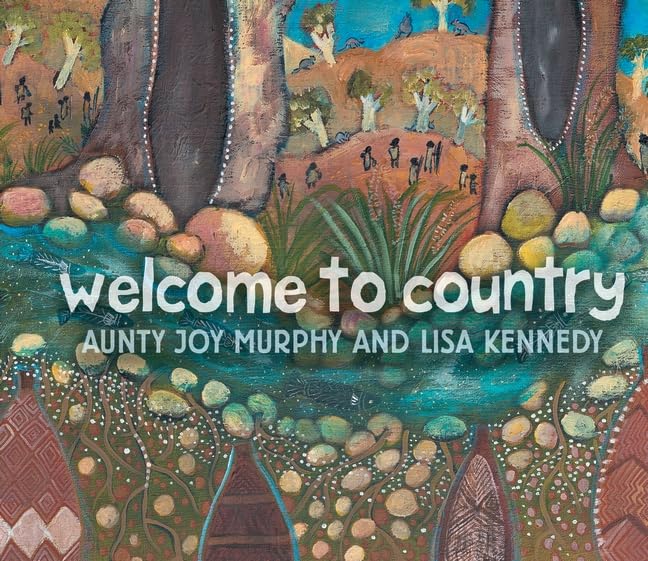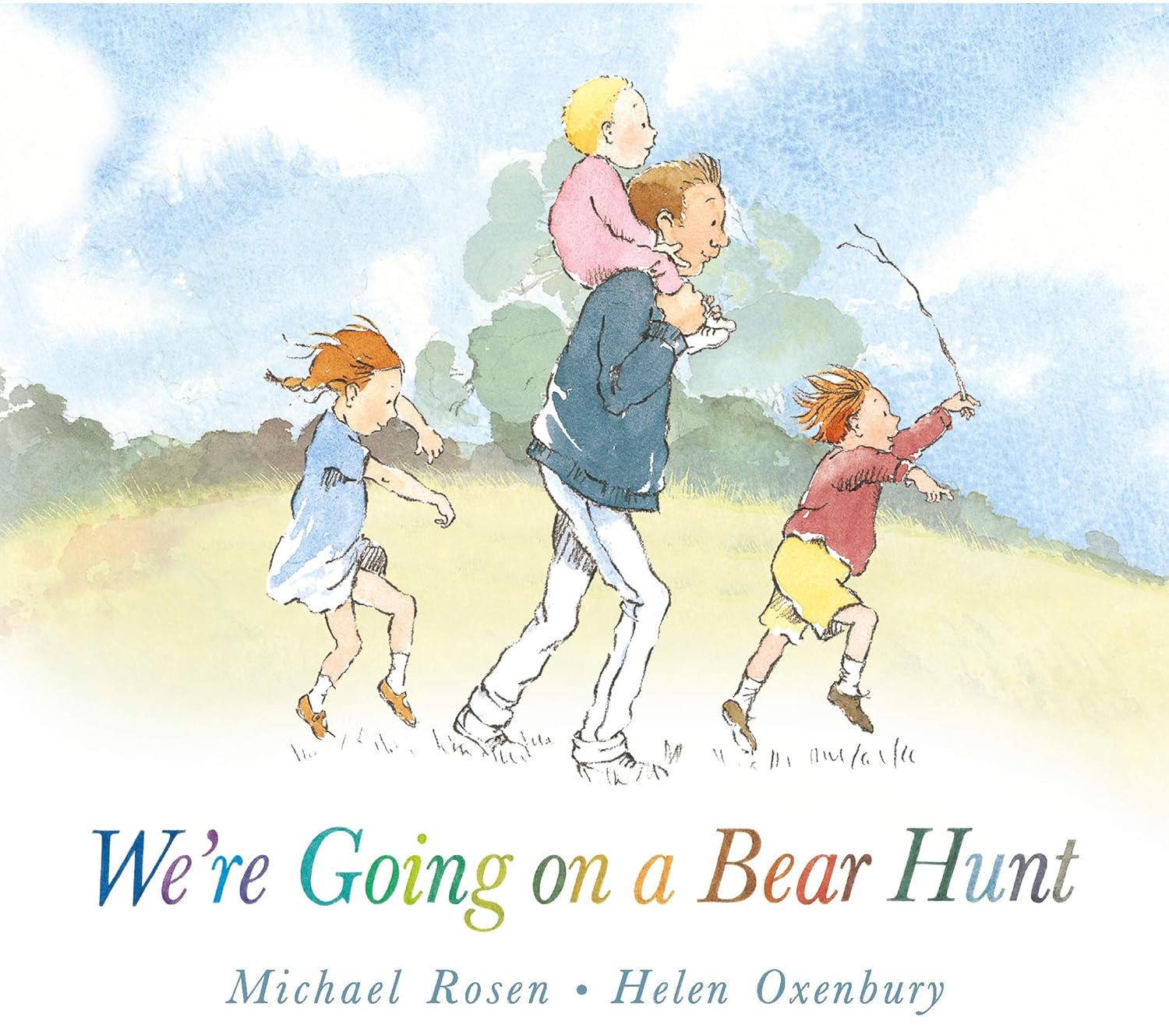
Story time is a magical way to bond with your child while helping them develop essential language and social skills. At Milestones Early Learning, we use story time as a fun and engaging tool to support children’s growth, aligned with the Lifelong Learning Curriculum. Reading together not only sparks their imagination but also boosts early literacy and cognitive development.
In this post, we’re sharing a list of our favourite children’s books that align with the learning themes we explore at our centres. Plus, we’ve added some simple tips to make story time more interactive, bringing each book to life with sound effects, props, and fun questions to keep your little one engaged.
Our Top Book Picks for Ages 0-5
Here are some of our favourite books, suitable for children aged 0-5, that you can easily find and purchase in Australia.
- Learning themes: Language development, colours, and opposites.
- Why we love it: This charming and repetitive story is perfect for younger children. The simple language and fun illustrations make it a hit during story time.
- Interactive tip: Use sound effects like "baa" for the sheep or create a DIY green sheep puppet to interact with your child while reading.
- Learning themes: Australian animals, cultural awareness.
- Why we love it: This classic Australian tale is filled with memorable characters and introduces children to native wildlife in a fun and educational way.
- Interactive tip: Ask your child questions about the different animals in the story, such as “What sound does a kangaroo make?” or use animal figurines to make the story more immersive.
- Learning themes: Counting, days of the week, and healthy eating.
- Why we love it: A timeless favourite that teaches children about numbers, the life cycle of a caterpillar, and healthy food choices.
- Interactive tip: Create a food prop set using play food or cut-out pictures, and let your child ‘feed’ the caterpillar as you read.
- Learning themes: Indigenous culture, respect for land.
- Why we love it: This beautifully illustrated book introduces young children to the traditional practice of Welcome to Country in a way that is simple and meaningful.
- Interactive tip: Use gestures to mimic a welcoming motion, or encourage your child to think about how they welcome guests at home.
- Learning themes: Colours, animal recognition, and repetition.
- Why we love it: The repetitive and rhythmic nature of this book helps children learn about colours and animals in a fun and predictable way.
- Interactive tip: Use toy animals or colour flashcards while reading to encourage your child to engage and name each animal and colour.
- Learning themes: Emotional development, love, and bonding.
- Why we love it: This heartwarming story is all about expressing love and emotions, perfect for winding down after a busy day.
- Interactive tip: Use gestures like stretching your arms wide to show “I love you this much!” to make the story more engaging.
- Learning themes: Australian animals, problem-solving.
- Why we love it: This fun Australian classic introduces children to native animals and encourages problem-solving through teamwork.
- Interactive tip: Create a ‘stew’ with props like leaves and twigs and have your child add ingredients along with the characters in the story.
- Learning themes: Adventure, problem-solving, sequencing.
- Why we love it: This adventurous story takes children on an imaginative journey full of obstacles and challenges, sparking excitement and curiosity.
- Interactive tip: Act out the story with hand movements or take your child on a mini “bear hunt” around the house or backyard to mimic the story’s journey.
Tips to Make Story Time More Interactive
Story time is more than just reading words from a book - it’s about making the experience come alive for your child. Here are some easy ways to make your story time sessions even more engaging:
1. Use Sound Effects
When a character makes a sound - whether it’s the wind blowing, a sheep baaing, or a caterpillar munching - add sound effects to make the story more fun and immersive. For example, during “We’re Going on a Bear Hunt,” make swishing noises when they go through the grass!
2. Bring in Props
Props can help your child feel more involved in the story. Simple items like toy animals, food, or DIY puppets can enhance their engagement. For example, use a soft toy wombat during “Wombat Stew” or play food during “The Very Hungry Caterpillar” to interact with the story.
3. Ask Questions
Engage your child by asking questions throughout the story. Simple prompts like “What do you think will happen next?” or “What animal is this?” encourage critical thinking and build your child’s language skills.
4. Get Physical
Turn story time into an active experience by incorporating movement. For example, during “We’re Going on a Bear Hunt,” encourage your child to act out the actions by crawling, jumping, or tiptoeing along with the characters.
Why Story Time Matters
At Milestones, we believe that story time is a key part of early childhood development. Not only does it introduce language and literacy skills, but it also builds your child’s imagination, emotional understanding, and social skills. By using interactive techniques during story time, you help your child make connections between the story and their world, reinforcing the learning happening at our centres.
Happy Reading!
Story time is a wonderful opportunity to bond with your child while fostering their love for learning. The books we’ve shared align with the themes we focus on at Milestones, making them great additions to your home library. Remember to keep story time fun, interactive, and full of opportunities for your child to learn and grow.
If you’re looking for more ways to support your child’s learning journey, ask your child’s educators for additional book recommendations that complement their development at Milestones Early Learning.








